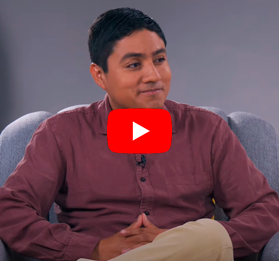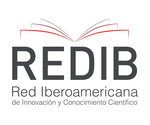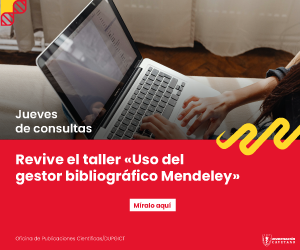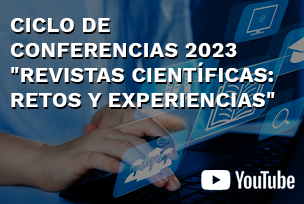Usefulness of assisted therapy with dogs in volition of children with cerebral palsy, at second grade of the Colegio la Alegría en el Señor, La Molina, september 2013. Pilot study
DOI:
https://doi.org/10.20453/rhr.v2i2.3714Abstract
Objective: To evaluate if the assisted therapy with dogs is useful in the volition of children with Cerebral Palsy at Second Grade of "La Alegría en el Señor" School. Material an Methods: The current investigation has an analytic, quasi-experimental and no random design in order to assess the usefulness of assisted therapy with dogs (ATD) in volitional development of a group of children diagnosed with cerebral palsy (CP). We worked with a final group of 6 children diagnosed with PC, at Second Grade of "La Alegría en el Señor" School (LASS); each participant was given 12 sessions of occupational therapy using ATD as a therapeutic tool. We used the Pediatric Volitional Questionnaire (PVQ) – Sheet C as evaluation tool; this instrument was administered to each participant in three different moments (Session 1, 6 and 12). Results: The results from session 1 to 3 show a progressive increase in volitional expression degree, related to the dog's participation in therapy. Finally, the results indicate there is a relationship between variables and that is in favor of the hypothesis (ATD is useful in volitional development of children at Second Grade of LASS). The results prove that components of volition were positively impacted by the dog's presence in therapy; this is reflected by volition indicators which reached the Achievement level in 100% of children at the end of the study. Conclusions: The ATD is useful for volitional development of children with CP, at Second Grade of "La Alegría en el Señor" School.
Downloads
Downloads
Published
How to Cite
Issue
Section
License
All articles published in the Revista Herediana de Rehabilitación are under a Creative Commons Reconocimiento 4.0 International license.
The authors retain the copyright and grant the journal the right of first publication, with the work registered with the Creative Commons License, which allows third parties to use what is published whenever they mention the authorship of the work, and to the first publication in this magazine.
Authors can make other independent and additional contractual agreements for the non-exclusive distribution of the version published in this journal, provided they clearly indicate that the work was published in this journal.
The authors can file in the repository of their institution:
The research work or thesis of degree from which the published article derives.
The pre-print version: the version prior to peer review.
The Post-print version: final version after peer review.
The definitive version or final version created by the publisher for publication.











 Esta obra está bajo una
Esta obra está bajo una 